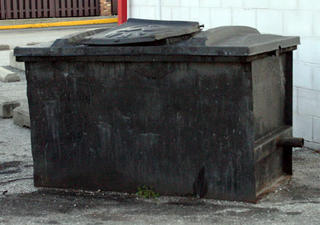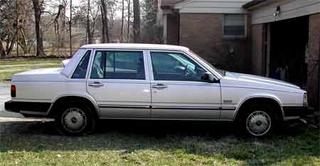
People always ask me where I plan on getting my oil or think that I will go into a grocery store and buy new oil. They look stunned and surprised when I tell them that I will get my oil from local resturants. What do think their dougnuts, fries, elephant ears are cooked in?! Oh, yea!
Now it's not a simple, or nice, thing to just pull up to a restaurants dumpster and just take the oil. Once the oil is placed in the dumpster it is the property of the recycling company. Getting access to this oil is a simple process of common courtesy, ask for permission! Most restaurants will be glad to give you their oil, especially small ones, since they have to pay, in most cases, to have the oil removed. In my case my parents own a restaurant and they would have to pay $65 a month to have the oil they use removed.
Now there are several ways you can approach collecting your oil, the first is to find a restaurant that puts their oil back into the 5 gallon cubes the oil comes in. The advantage to this is that the oil is easy to handle, especially if you don't have a truck, and no special equipment is needed. During the winter this is a very good thing since WVO will thicken up and require special pumps and heaters to get the oil into a container. With this method I found it neccessary to use a pump of some kind or pour the WVO into a larger container. Pouring straight from the jug disturbed the crud at the bottom of the jug and I could only filter half of the jug.
The second method is to siphon the WVO from a dumpster into a container. During the summer this has advantages in that the WVO, combined with heat, will have time to settle the crud and you can pump off of the top. If your planning on modifying a truck collecting oil from the dumpster would allow you to get larger quantities of oil. Say a couple of 55gal drums.
Regardless of your method of collecting WVO remember to filter the oil before using it your vechicle!
Next up, how to filter.



